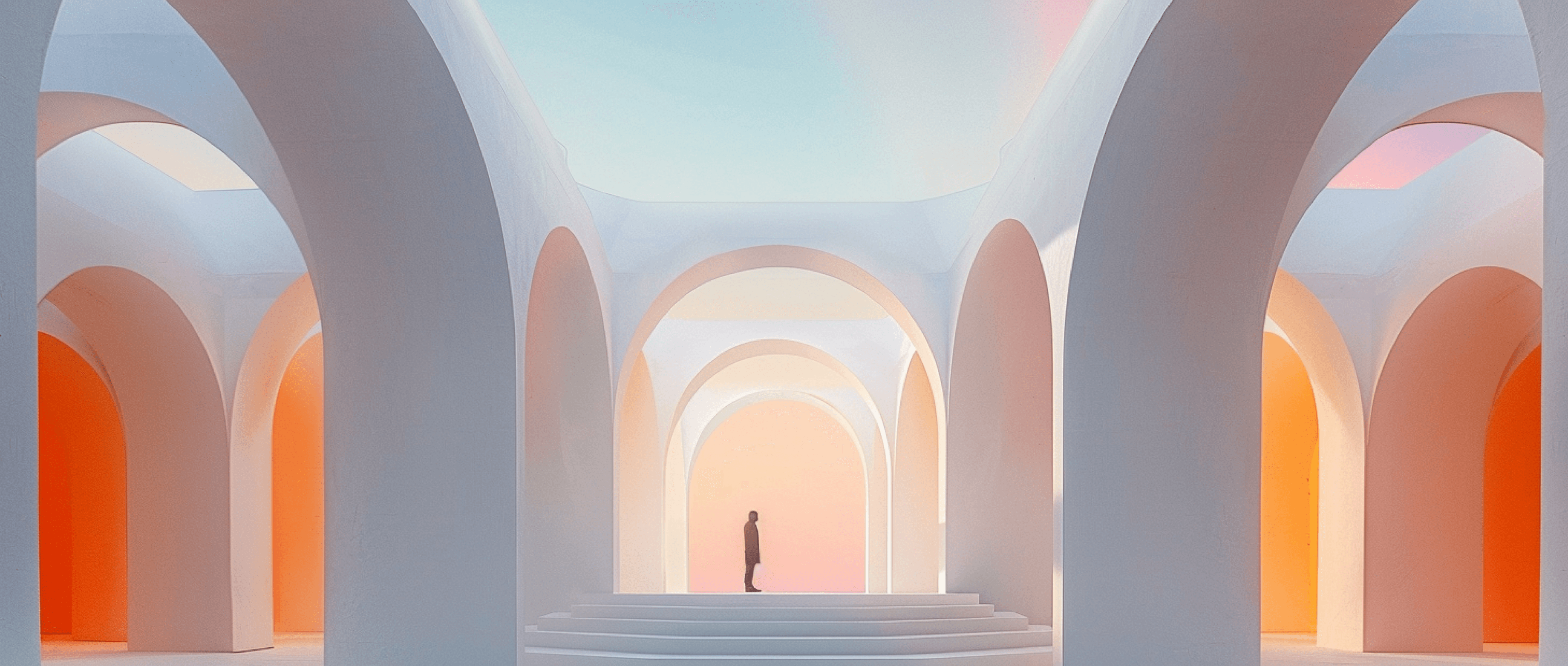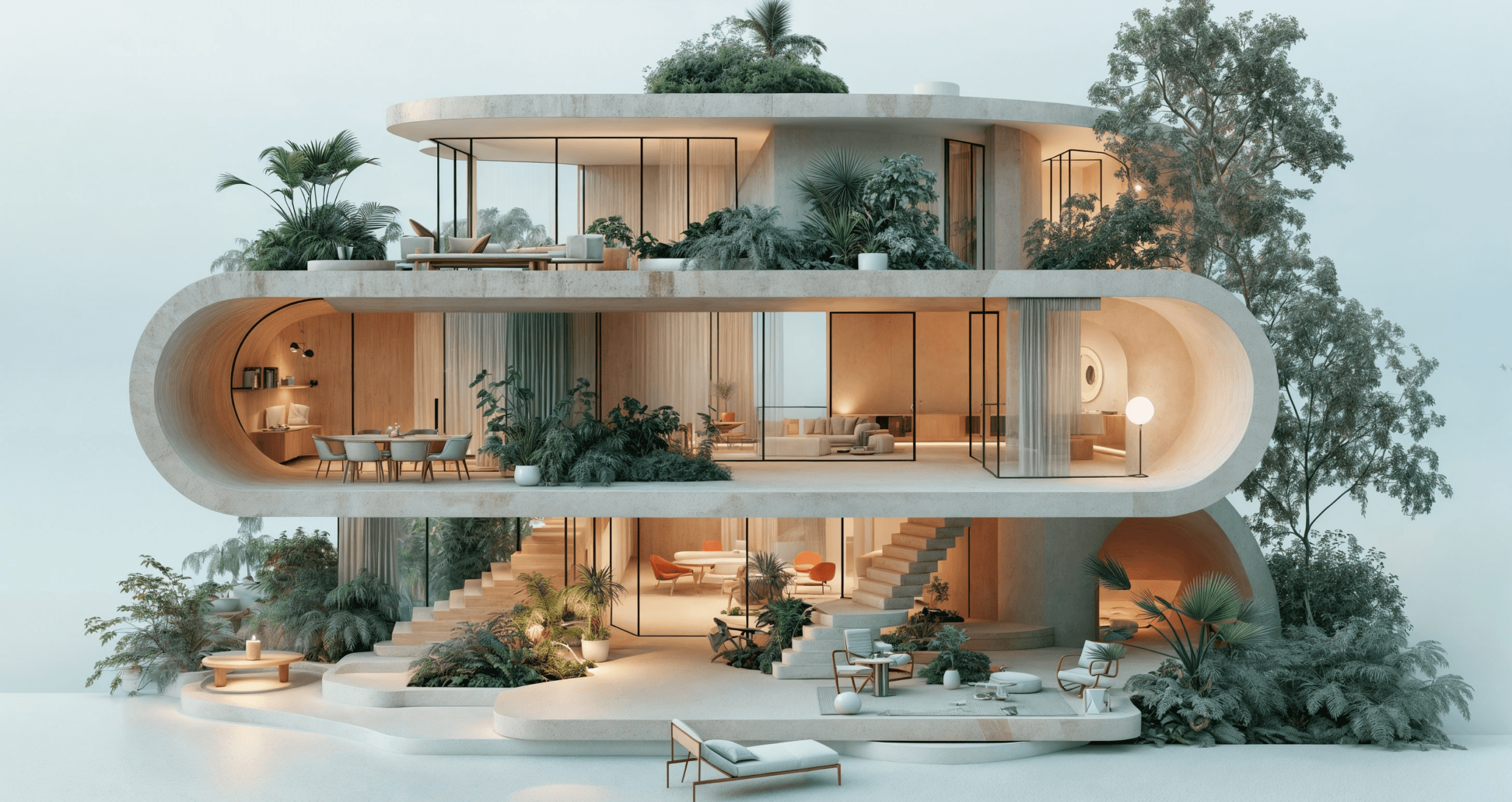Morphogenesis, one of India’s leading architectural firms, is renowned for its innovative approach to sustainable design. With a philosophy rooted in context, climate, and community, the firm has consistently demonstrated how sustainability can be seamlessly integrated into modern architecture.
UNDERSTANDING THE MORPHOGENESIS PHILOSOPHY
At the core of Morphogenesis’ design process is the concept of "Net Zero", which aims to minimize resource consumption across energy, water, and waste. The firm takes a holistic approach to sustainability, where the architecture not only meets the functional and aesthetic needs of the project but also responds to the local climate and culture.
Designing buildings that respond to the site’s climate to enhance natural ventilation, light, and thermal comfort.
Focusing on reducing the carbon footprint of the building through sustainable material use and resource-saving technologies.
Creating spaces that harmonize with the cultural heritage and ecological surroundings of the project location.
THE BENEFITS OF SUSTAINABLE ARCHITECTURE DESIGN
The crux of unlocking the power of HR data resides in analytics. Employing sophisticated analytical models and tools enables organizations to distill raw data into actionable insights. Whether it's predictive modeling for talent acquisition or trend analysis to mitigate employee turnover, analytics serves as the catalyst for transforming data into strategic initiatives.
Reduced Environmental Impact:
Energy and Cost Savings
Enhanced Comfort and Well-Being
Resilience and Durability

The benefits extend far beyond individual structures, creating healthier communities and a sustainable planet. As designers and stewards of the built environment, embracing sustainable architecture is a critical step toward securing a brighter, more sustainable future for generations to come.
UNDERSTANDING YOUR HR DATA LANDSCAPE
Sustainable architecture, often referred to as green or eco-architecture, is a design philosophy focused on environmental stewardship and resource efficiency throughout a building’s entire lifecycle. Sustainable architecture is not just a passing trend; it is a collective responsibility we hold towards our planet and future generations. Together, through design, we can build a more resilient and sustainable world.
Reduced Environmental Impact:
Energy and Cost Savings
Enhanced Comfort and Well-Being
Resilience and Durability
NAVIGATING CHALLENGES AND UPHOLDING COMPLIANCE
In the pursuit of harnessing HR data, addressing challenges such as data security, privacy concerns, and regulatory compliance is imperative. Implementing robust protocols to safeguard sensitive information and ensuring alignment with prevailing data protection regulations like GDPR or CCPA is non-negotiable.
Passive House Design
Green Roofs and Living Walls
Net-Zero Energy Buildings
In the pursuit of harnessing HR data, addressing challenges such as data security, privacy concerns, and regulatory compliance is imperative. Implementing robust protocols to safeguard sensitive information and ensuring alignment with prevailing data protection regulations like GDPR or CCPA is non-negotiable.
CLOSING REFLECTIONS
Sustainable architecture serves as a catalyst for positive change, building a foundation for a greener and more resilient future. By incorporating eco-friendly design principles and innovative technologies, these buildings promote environmental responsibility, energy efficiency, and the well-being of occupants.



